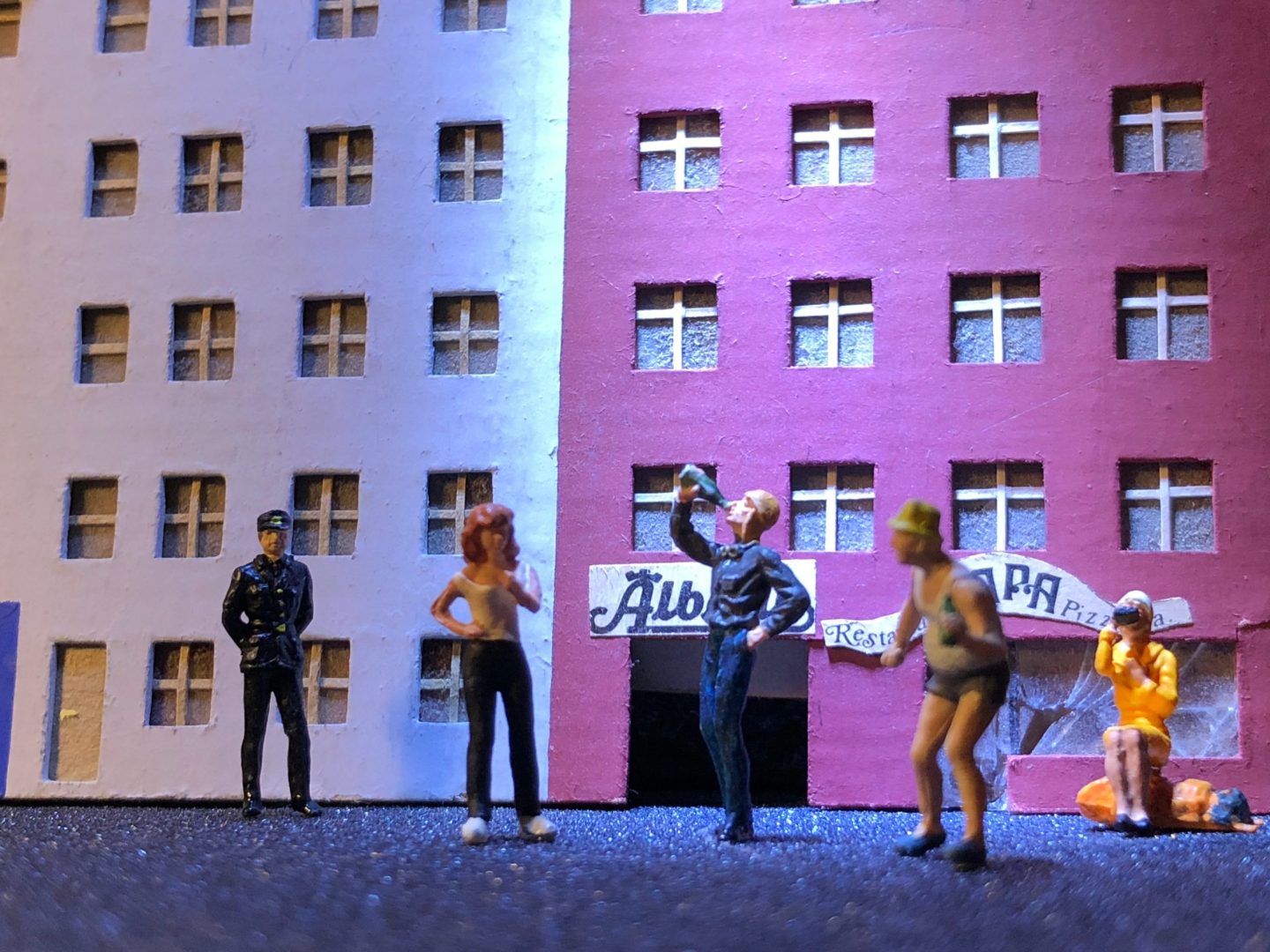ChatGPT got another viral moment with ‘AI action figure’ trend

ChatGPT’s image generation feature has sparked a new wave of personalised digital creations, with LinkedIn users leading a trend of turning themselves into action figures.
The craze began picking up momentum after the viral Studio Ghibli-style portraits sees users sharing images of themselves as boxed dolls – complete with accessories and job-themed packaging.
There are several variations in the latest wave of AI-generated self-representation. The most common format is similar to a traditional action figure or Barbie doll, with props like coffee mugs, books, and laptops reflecting users’ professional lives. The images are designed to resemble toy store displays, complete with bold taglines and personalised packaging.
The movement gained initial attention on LinkedIn, where professionals used the format to showcase their brand identities more playfully. The “AI Action Figure” format, in particular, resonated with marketers, consultants, and others looking to present themselves as standout figures – literally. Popularity of the service has since trickled into other platforms including Instagram, TikTok, and Facebook, though engagement remains largely centred around LinkedIn.
ChatGPT’s image tool – part of its GPT-4o release – serves as the engine. Users upload a high-resolution photo of themselves, usually full-body, with a custom prompt describing how the final image should look. Details frequently include the person’s name, accessories, outfit styles, and package details. Some opt for a nostalgic “Barbiecore” vibe with pink tones and sparkles, while others stick to a corporate design that reflects their day job.
Refinements are common. Many users go through multiple image generations, changing accessories and rewording prompts until the figure matches their wanted personality or profession. The result is a glossy, toy-style portrait that crosses the line between humour and personal branding.
While the toy-style trend hasn’t seen the same viral reach as the Ghibli portrait craze, it has still sparked a steady flow of content across platforms. Hashtags like #AIBarbie and #BarbieBoxChallenge have gained traction, and some brands – including Mac Cosmetics and NYX – were quick to participate. A few public figures have joined in too, most notably US Representative Marjorie Taylor Greene, who shared a doll version of herself featuring accessories like a Bible and gavel.
Regardless of the buzz, engagement levels are different. Many posts receive limited interaction, and most well-known influencers have avoided the trend. Nevertheless, it highlights ChatGPT’s growing presence in mainstream online culture, and its ability to respond to users’ creativity using relatively simple tools.
The is not the first time ChatGPT’s image generation tool has overwhelmed the platform. When the Ghibli-style portraits first went viral, demand spiked so dramatically that OpenAI temporarily limited image generation for free accounts. CEO Sam Altman later described the surge in users as “biblical demand,” noting a dramatic rise in daily active users and infrastructure stress.
The Barbie/action figure trend, though at a smaller scale, follows that same path – using ChatGPT’s simple interface and its growing popularity as a creative tool. As with other viral AI visuals, the trend has also raised broader conversations about identity, aesthetics, and self-presentation in digital spaces. However, unlike the Ghibli portrait craze, it hasn’t attracted much criticism – at least not yet.
The format’s appeal lies in its simplicity. It offers users a way to engage with AI-generated art without needing technical skills, and satisfies an urge for of self-expression. The result is something like part professional head-shot, part novelty toy, and part visual joke, making it a surprisingly versatile format for social media sharing.
While some may see the toy model phenomenon as a gimmick, others view it as a window into what’s possible when AI tools are placed directly in users’ hands.
For now, whether it’s a mini-me holding a coffee mug or a Barbie-style figure ready for the toy shelf, ChatGPT is again changing how people choose to represent themselves in the digital age.
(Photo by Unsplash)
See also: ChatGPT hits record usage after viral Ghibli feature – Here are four risks to know first
Want to learn more about AI and big data from industry leaders? Check out AI & Big Data Expo taking place in Amsterdam, California, and London. The comprehensive event is co-located with other leading events including Intelligent Automation Conference, BlockX, Digital Transformation Week, and Cyber Security & Cloud Expo.
Explore other upcoming enterprise technology events and webinars powered by TechForge here.


